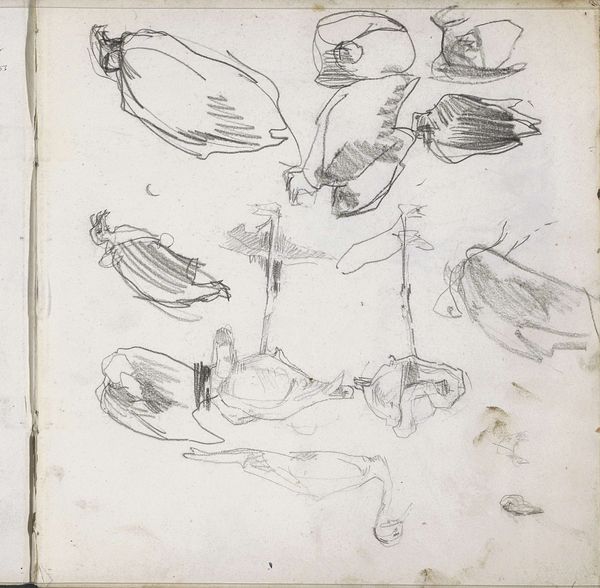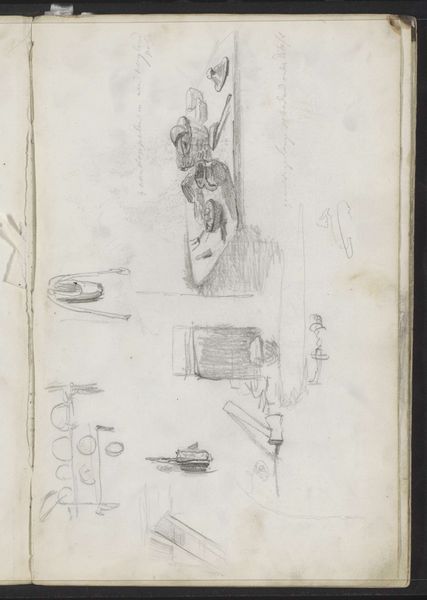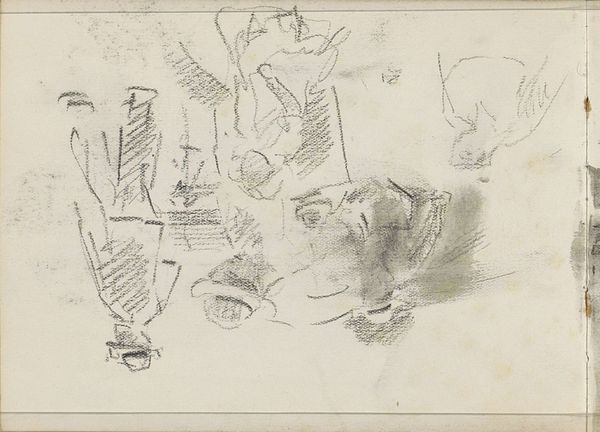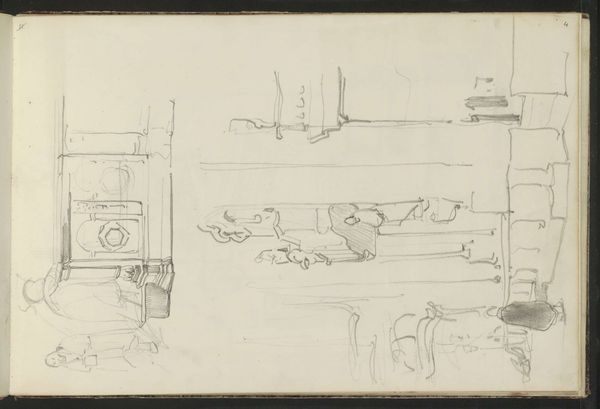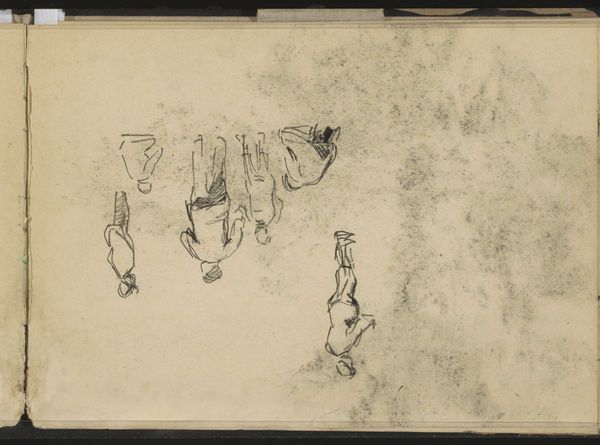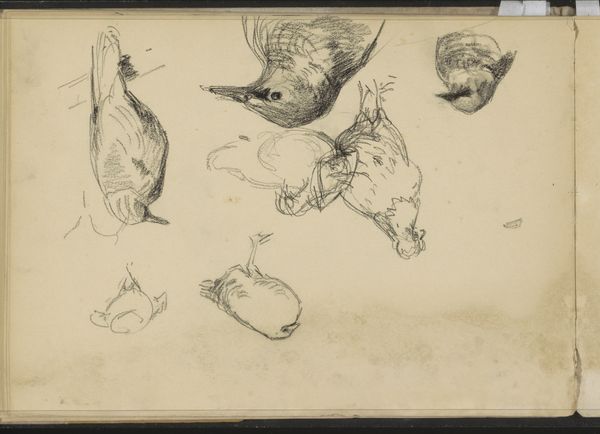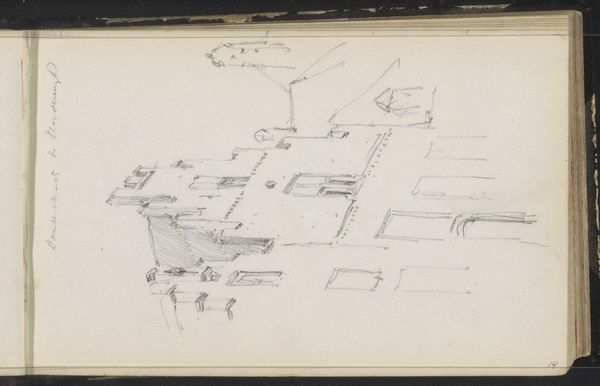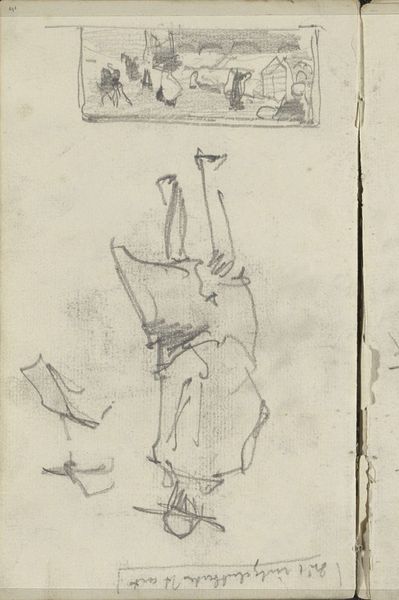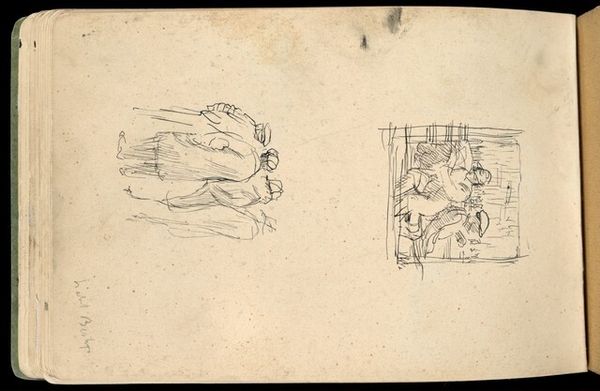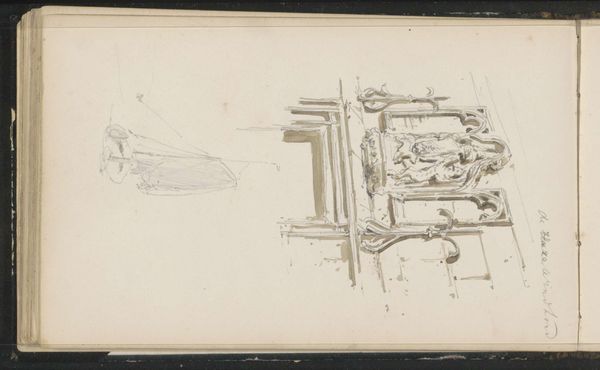
drawing, graphite, pastel, frottage
#
drawing
#
graphite
#
pastel
#
frottage
#
realism
Copyright: Rijks Museum: Open Domain
Editor: This sketch, "Chickens on a small piano" by Willem Bastiaan Tholen, made sometime between 1885 and 1931 using graphite and pastel, has a certain offbeat humor to it, even if it is just a study. What do you make of it? Curator: Well, thinking historically, images of food – especially meat – often speak to economic conditions. But here, the placement on and around the piano changes things. Do you see a kind of commentary? Editor: It feels…satirical? Almost like these chickens are performers or…consumable entertainment? I can't put my finger on it, really. Curator: The late 19th century and early 20th saw growing tensions between traditional rural life and emerging consumer culture. The piano represents bourgeois domesticity, a symbol of status and leisure. The chickens, raw and dead, are intruding on that space. Does that suggest anything about how wealth was being made and at what cost? Editor: Oh! You mean, is Tholen maybe pointing to the contrast between refined domesticity and the perhaps less-than-refined origins of wealth? Like, the disconnect many had with the sources of their food and comforts? Curator: Precisely. It makes you wonder who this image was made for and how it might have been received. A casual sketch might reveal some unease around progress. Editor: That's a fascinating way to consider a seemingly simple still life. It makes me want to research the social context of food imagery during that time. Curator: Absolutely! Art reflects, reinforces, and sometimes challenges the social order. This piece really demonstrates that interplay. Editor: Thank you. I see this in an entirely different way now, especially in how seemingly mundane drawings are reflections of contemporary life.
Comments
No comments
Be the first to comment and join the conversation on the ultimate creative platform.
